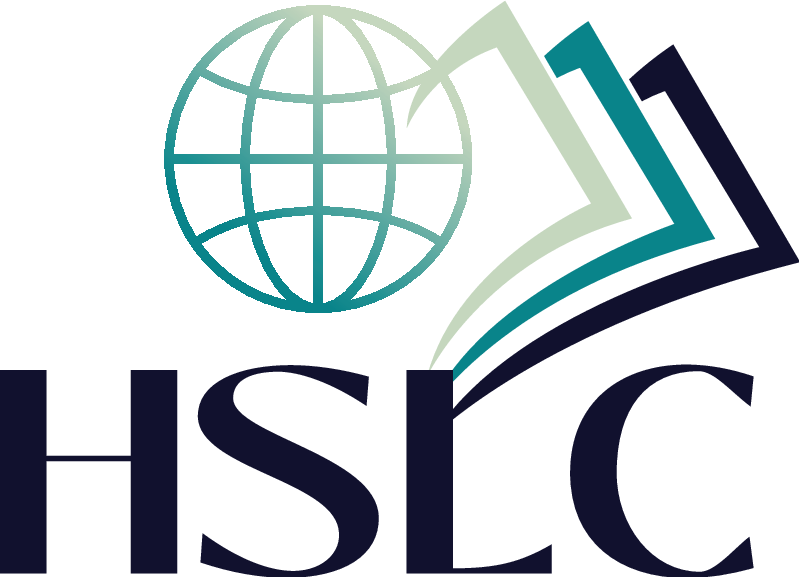This blog post will not self-destruct in five seconds.
When I dove into the internet pool to find a good definition of a mission statement, the one I liked best was Wikipedia’s. #irony
A mission statement is a short statement of why an organization exists, what its overall goal is, the goal of its operations; what kind of product or service it provides, its primary customers or market, and its geographical region of operation
In fairness, it was cribbed from entrepreneur.com, but my point stands – crowdsourcing has come a long way, baby. #IYKYK
Most libraries do have mission statements and do well with making sure they’re included on their websites. But how many actually use them on a daily basis? After all, that’s what they’re intended for — to be used on the daily.
And for what would we use the mission statement on the daily? Well, pretty much everything. Admittedly, that sounds a tad melodramatic, but hear me out.
Many library mission statements include references to “free,” “share,” “everyone,” “inclusive,” “create,” and “enrich.” Noble concepts, indeed – vital to the success of any public library. But are we using those concepts in our decision making? Are we ensuring that our collections and programs live up to those ideals?
We’d all like to think so. And most libraries do, at least as far as their users go (non-users are a topic for another day). But this goes far deeper, on both a philosophical and practical level. And it’s the practical part that I want to address.
There is a tacit portion to any library’s mission statement that’s often forgotten – the fiduciary aspect. Libraries were born to make a difference – a concept alluded to in most mission statements. But that whole making a difference thing comes with a(n ever increasing) price tag.
When a library director is handed the keys to the kingdom, they are also handed a pot of money to keep the gates open and the fires burning. In recent years, budgets have been shrinking even as costs are rising and this is where the fiduciary challenge of meeting the mission reaches critical mass. Being a library administrator means hefting the heavy mantle of stewardship. We administrators must ensure that every cent of that pot of money is spent as wisely and judiciously as possible in the name of, and for the sake of, the mission.
Take late fees and fines. The idea of going fine free is still a hot take in many communities; in others, it’s been implemented with great success.
Why go fine free? Some think it removes a barrier to access. Others feel it’s a gesture of good will . Still others argue that it encourages return visits. All of those are excellent reasons for going fine free, aligning nicely with most libraries’ mission statements.
But, at the most basic level, and I would argue more importantly for administrators, it has been demonstrated repeatedly that the cost of the staff time spent on tracking/enforcing/collecting fines considerably exceeds the dollar amount of the actual fines gathered. And that, my friends, in no way aligns with budgetary best practices, nor is it good stewardship.
There are several other operational areas that could use this same return on investment (ROI) examination, including theft prevention devices, staffing public service areas, and time spent on reports and data tracking — just to name a few.
By determining the ROI, we can ensure that we are making the best budgetary decisions possible. And in doing so, we are ensuring that we are doing everything we can, fiduciarily speaking, to maintain, uphold, and support our library’s mission.
Interested in taking a look at your library’s budget and expenditures and determining if they are the best use of your community’s dollars? Let HSLC help – fill out our Consultation Form and we can guide you through the process.

Erin Halovanic, Director of Library Services


